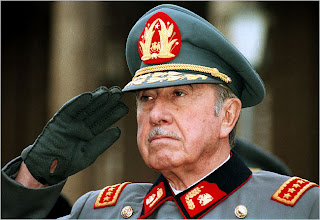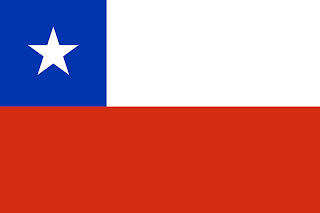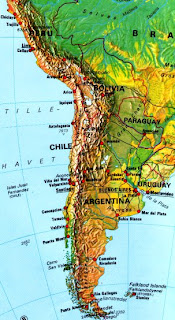There are currently 11 different indigenous peoples spread across Chile; the Aymara, Quechua, Atacameno, Kolla, Rapa Nui, Mapuche, Kawesqar, Yagan, Diaguita, Aonikenk, and Selk'nam. There are not many indigenous peoples left but they are protected by Chile's Indigenous Law which allows them to practice their own lifestyles and also allows them to keep their own land free from the public. There are two groups that are especially interesting, the Mapuche and the Rapa Nui.

The number of Mapuchi communities come to about 2,200, although fifty of those are in a state of conflict and are unstable. They are located in the south of Chile, their population makes up about 10 percent of the total poulation of Chile. This group has a rich history of being the fiercist warriors in Chile and really giving the Spaniards a difficult time when they were trying to conquer the area. They are known as 'the people of the earth' and a quote from a website describes their basic belief, which is that there "is a common belief that neither man, animal, nor the most insignificant insect, could live without the grace of the great spirit, which comprises the amalgamation of the celestial family, ELMAPUN, ELCHEN, NGUNEMAPUN and NGUNECHEN, from which the Mapuche family both young and old is enriched. Ancestral beliefs are passed on from generation to generation."

The Rapa Nui are from Easter Island located right off the shore of Chile. There civilization once thrived on the Island however the people there exploited the resources that the land gave them by causing massive deforestation. The people worshipped these huge stone heads and in order to build and move these heads, the Rapa Nui would cut down trees and use them to roll of the heads into place. Unfortunately the trees soon ran out and know there are many concerns that the Rapa Nui will die becuas emany of its people are moving back to the mainland of Chile.



